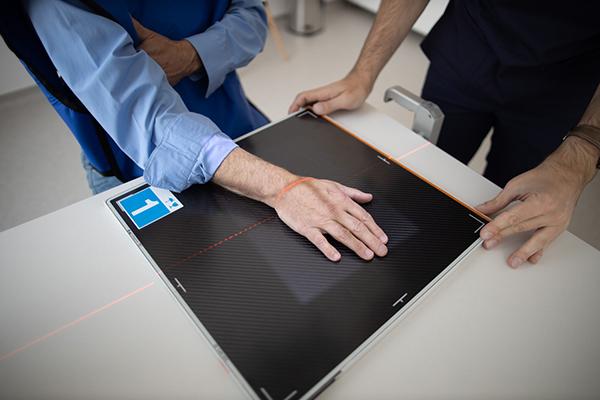

What does
Radiology do?
For accurate assessment of many diseases, in addition to the usual physical examination performed by a doctor and analysis of laboratory parameters, it is necessary to visualize the physical conditions inside the body. Radiology is the medical field specializing in this. Its task is to assist medical diagnostics using imaging procedures that can painlessly show the internal structure of the human body.
Some imaging procedures involve radioactive (ionizing) radiation, which although could be harmful in large doses, poses negligible risk under average circumstances in the quantities used during examinations, and its benefits far outweigh the risks. Such examination is, for example, taking an X-ray. X-ray imaging is best for assessing the condition of bones and joints. Other procedures do not involve any radiation exposure at all, so their application carries no risk according to current scientific knowledge. Such is ultrasound examination. Ultrasound is excellent for examining abdominal and pelvic organs, blood vessels, and soft tissues of the neck.

When should you visit radiology?


How does a radiological examination work?
The examinations are painless and can be performed in just a few minutes, so usually no special preparation is needed.
During the X-ray examination, our specialist will ask you to keep the body part to be examined pressed against the machine in a certain position while remaining motionless; you have no other tasks.
During the ultrasound examination, our specialist touches the machine’s probe to the area being examined. Abdominal ultrasound is performed on an empty stomach, with a full bladder. Ultrasound examination does not involve radiation exposure, is painless, and can be repeated virtually unlimited times.
Our prices in radiology
Our Doctors in Radiology

